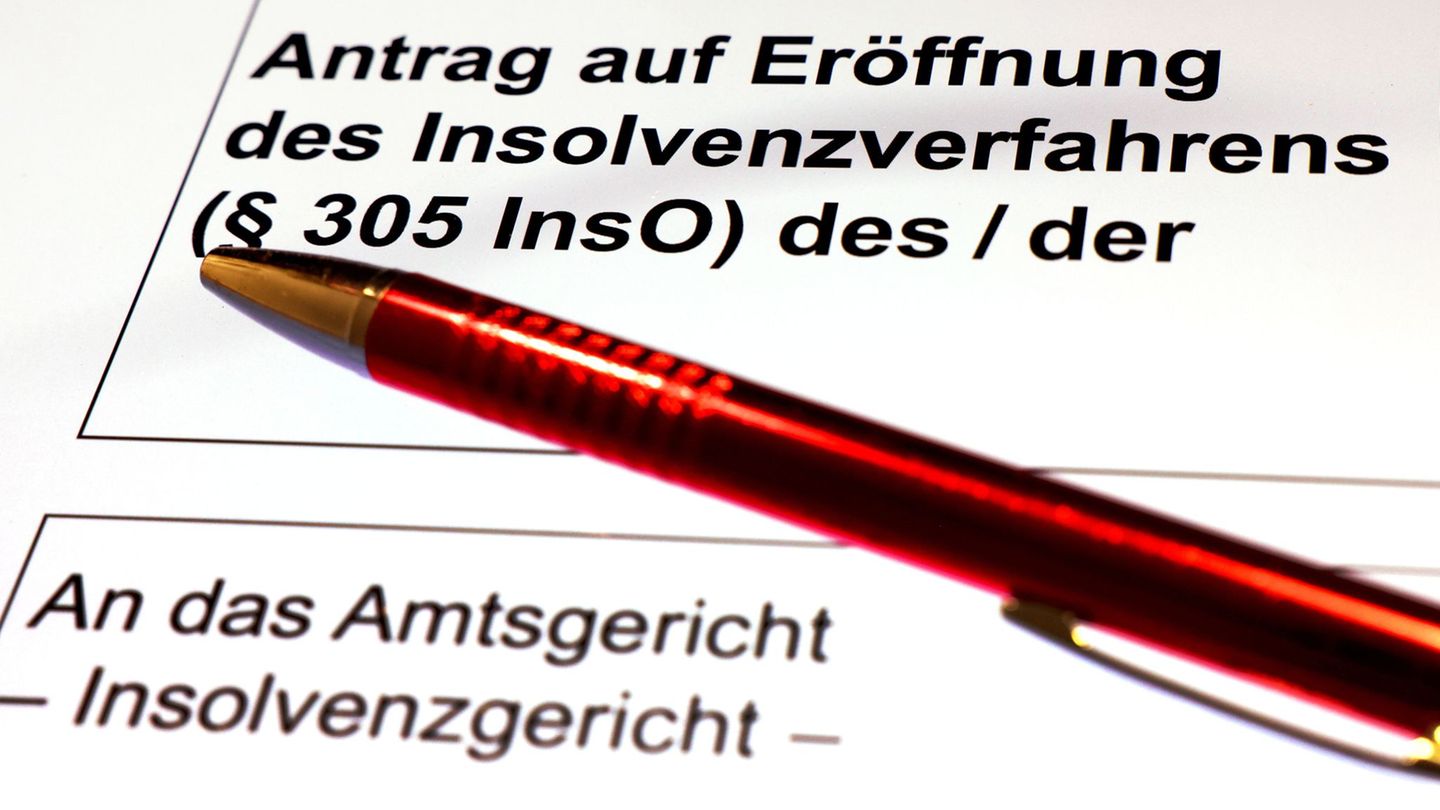Menu
Incidences, Hospital Numbers, or Death Numbers? The moral of the pandemic
Categories
Most Read
Chechu Bonelli would be starting a new romance with a well-known television host
October 20, 2025
No Comments
Princess Gloria von Thurn und Taxis: Thieves steal wedding tiara from the Louvre
October 20, 2025
No Comments
Television: Jimi Blue Ochsenknecht wins “Celebrity Big Brother”
October 20, 2025
No Comments
Fuera de Campo returns, the “unofficial” festival of Mar del Plata that seeks to make noise in national cinema
October 20, 2025
No Comments
Jimmy Fallon: Presenter mourns family dog Gary
October 20, 2025
No Comments
Latest Posts

Economic situation: Allianz subsidiary: company insolvencies will increase worldwide in 2026
October 21, 2025
No Comments
AngelicaI am an author and journalist who has written for 24 Hours World. I specialize in covering the economy and write about topics such as

San Lorenzo recovered its smile: it beat Atlético Tucumán 2-1 and got into the qualifying zone
October 21, 2025
No Comments
October 20, 2025 – 23:59 With goals from Cuello and Tripichio, Damián Ayude’s team turned the score around and climbed to sixth position in Zone

Epstein scandal: Book by Epstein victim Giuffre increases pressure on Prince Andrew
October 21, 2025
No Comments
Lisa HarrisI am an author and journalist who has worked in the entertainment industry for over a decade. I currently work as a news editor
24 Hours Worlds is a comprehensive source of instant world current affairs, offering up-to-the-minute coverage of breaking news and events from around the globe. With a team of experienced journalists and experts on hand 24/7.

